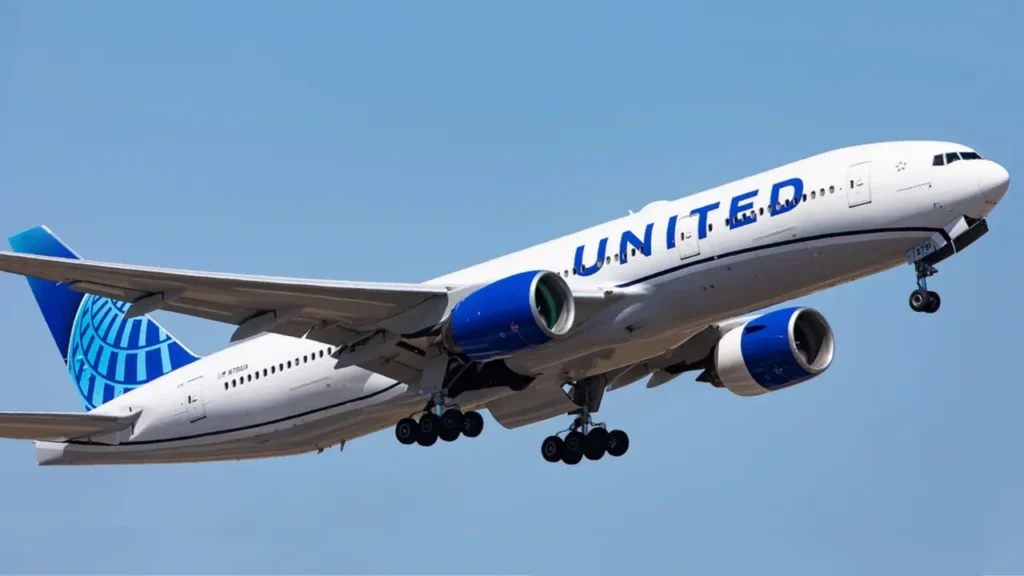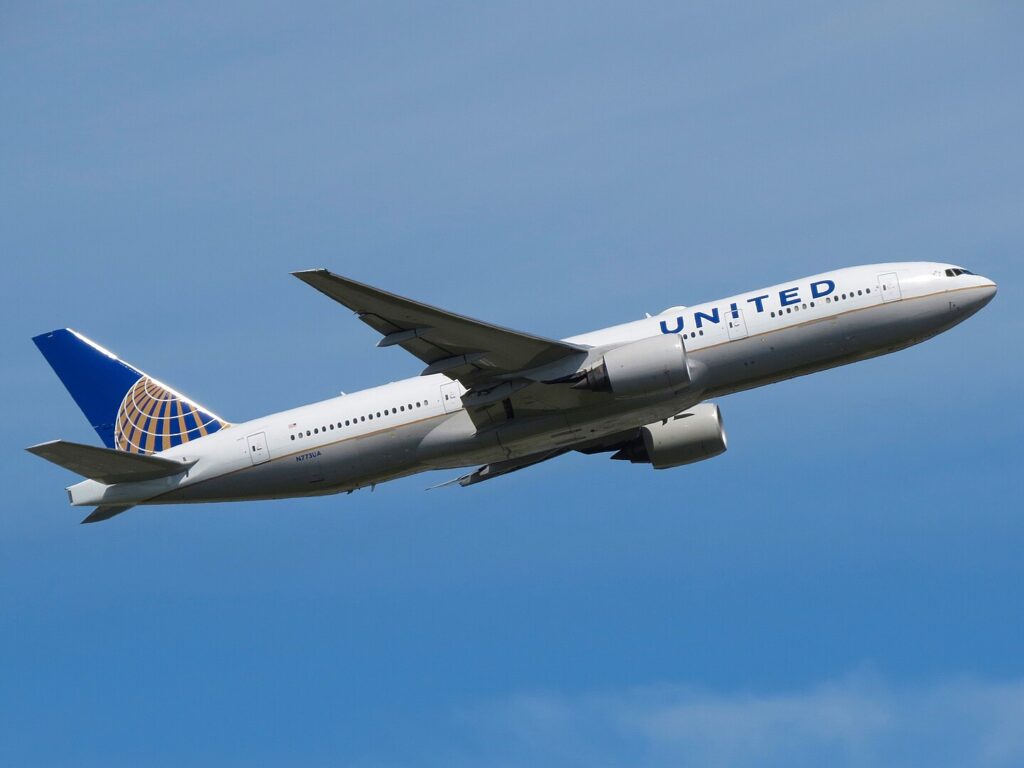
MONTREAL- A United Airlines (UA) Boeing 777-200 flying from London Heathrow (LHR) to Houston (IAH) narrowly avoided a mid-air conflict with a FedEx Express (FX) Boeing 777F en route from Memphis (MEM) to Paris Charles de Gaulle (CDG).
The air traffic control (ATC) incident occurred on June 21, 2025, approximately 160 nautical miles east-northeast of Gander (YQX), Newfoundland. It was a loss of separation incident that was quickly mitigated by onboard systems and ATC intervention.
 Photo: By ERIC SALARD from PARIS, FRANCE – N886FD CDG, CC BY-SA 2.0, https://commons.wikimedia.org/w/index.php?curid=45118705
Photo: By ERIC SALARD from PARIS, FRANCE – N886FD CDG, CC BY-SA 2.0, https://commons.wikimedia.org/w/index.php?curid=45118705United FedEx 777 Near Miss
United Airlines flight UA879 was cruising at Flight Level 340 (FL340) when its crew requested clearance to climb to FL360.
Oceanic Control responded with a “standby” instruction but inadvertently sent a Controller-Pilot Data Link Communication (CPDLC) message authorizing the climb and directing the flight toward the TOPPS waypoint.
Meanwhile, FedEx flight FX10 was operating at FL350 in the opposite direction. The CPDLC clearance, issued by mistake, placed both aircraft on converging paths, reducing the standard 1,000-foot vertical separation buffer.
Realizing the error, the ATC issued an immediate voice instruction to UA879 to maintain FL340 and disregard the CPDLC clearance. However, by then, UA879 had already started climbing and reached FL345.
The crew was subsequently advised again to descend. A TCAS (Traffic Collision Avoidance System) advisory was received, prompting the crew to return promptly to FL340, restoring safe separation within seconds.
 Photo: Clément Alloing
Photo: Clément AlloingCrew Response Prevent Collision
The Canadian Transportation Safety Board (TSB) confirmed that both aircraft continued to their respective destinations without further issues.
According to AVSN, the prompt reaction from both ATC and the UA879 crew, along with the TCAS alert, ensured that the conflict did not escalate into a more severe safety breach.
This event emphasizes the inherent complexity of transatlantic flight operations. In oceanic sectors, where radar surveillance is unavailable, pilots and controllers rely heavily on CPDLC for navigation and altitude changes.
While effective, CPDLC carries the risk of delayed or erroneous communication. Hence, immediate voice instructions and automated safety systems like TCAS are vital in mitigating risks.
 By Allen Zhao – Website: http://www.airliners.net/photo/FedEx-Express/Boeing-777-F28/1843189/&sid=da3ab71307318a68b33fd1e81d8d5522, GFDL 1.2, https://commons.wikimedia.org/w/index.php?curid=17578899
By Allen Zhao – Website: http://www.airliners.net/photo/FedEx-Express/Boeing-777-F28/1843189/&sid=da3ab71307318a68b33fd1e81d8d5522, GFDL 1.2, https://commons.wikimedia.org/w/index.php?curid=17578899Aircraft Involved
United Airlines flight UA879 was operated by a Boeing 777-200, registration N78002. The aircraft is 26.8 years old and has been in service with United since October 2010. Despite its age, the widebody remains a critical part of United’s long-haul fleet.
FedEx flight FX10 involved a Boeing 777F, registration N879FD. The 6.7-year-old freighter has been in active service with FedEx since October 2018. It is a modern, fuel-efficient cargo aircraft used extensively on transatlantic and intercontinental routes.
 Photo: By Kiefer. from Frankfurt, Germany – Flickr, CC BY-SA 2.0, https://commons.wikimedia.org/w/index.php?curid=47122623
Photo: By Kiefer. from Frankfurt, Germany – Flickr, CC BY-SA 2.0, https://commons.wikimedia.org/w/index.php?curid=47122623Importance of Redundancy
This incident sheds light on the operational dynamics in oceanic airspace. Flights in these regions rely on time-based navigation, strict altitude assignments, and consistent reporting intervals.
The lack of radar coverage increases reliance on automated messaging systems like CPDLC and safety technologies like TCAS.
Errors, though rare, underscore the importance of cross-verifying automated messages with real-time voice communications.
In this case, human oversight and the layered approach to in-flight safety—comprising ATC intervention, flight crew discipline, and TCAS—functioned exactly as intended, preventing a possible mid-air incident.
Stay tuned with us. Further, follow us on social media for the latest updates.
Join us on Telegram Group for the Latest Aviation Updates. Subsequently, follow us on Google News
Delta A330 and United 737 Avoids Collision near Phoenix Airport
The post United and FedEx 777s Pilots Nearly Miss Collision Over Atlantic appeared first on Aviation A2Z.













